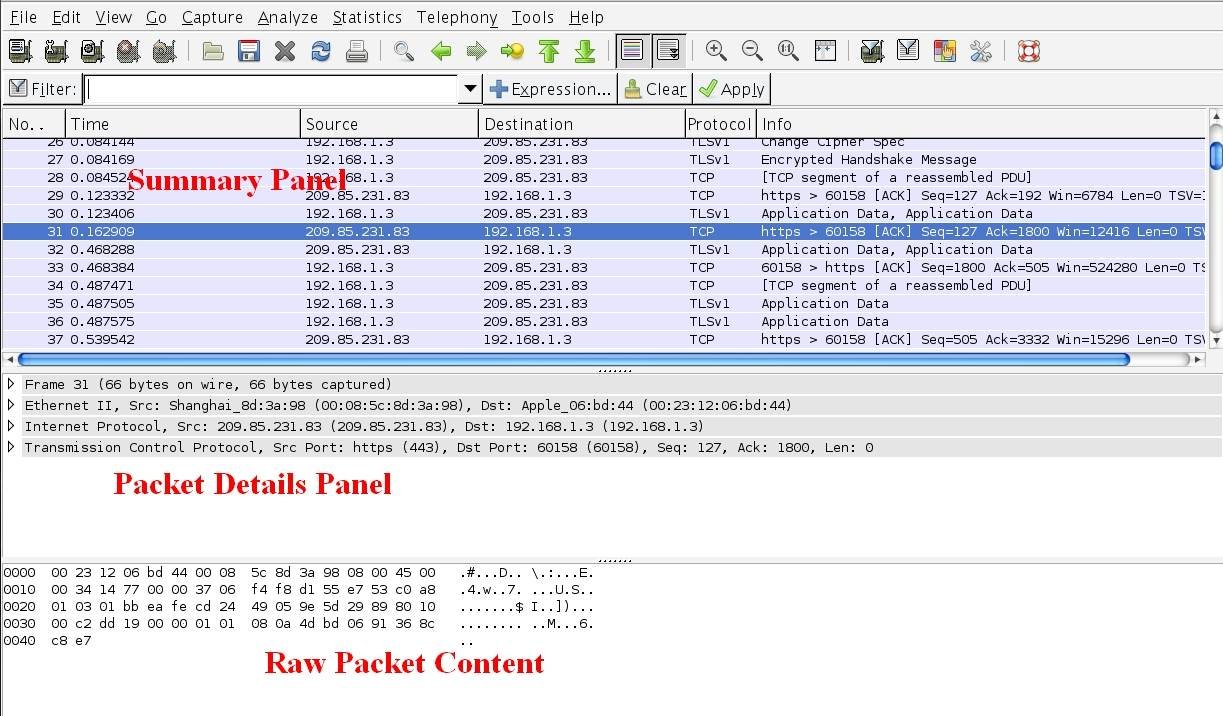

Of course, this technique also requires that the target 6to4 tunnels are another popular,įree approach. Other tunnel brokers are listed at Wikipedia. Since my ISPs do not provide IPv6 addresses, I use the free IPv6 tunnel

It must have an IPv6 address and routing information. In order to perform an IPv6 scan, a system must be configuredįor IPv6. Is available, and waiting to be queried by an IPv6-enabledĭetection, which supports IPv6. Yet scanning the same host with IPv6 shows no filtered ports! The first scan shows numerous filtered ports, includingįrequently exploitable services such as SunRPC, Windows NetBIOS, and Nmap done: 1 IP address (1 host up) scanned in 19.01 seconds Nmap done: 1 IP address (1 host up) scanned in 34.47 seconds Normal scan, followed by a -g 88 scan are shown in

The Windows IPsec source port 88 bug against one of his clients. Posted example Nmap scans to Bugtraq that demonstrate exploitation of Support the option completely, as does UDP scan. Nmap must use different port numbersįor certain OS detection tests to work properly. Simply provide a port number, and Nmap will send packetsįrom that port where possible.

Options (they are equivalent) to exploit these With the source port 53 (DNS) or 67 (DHCP). Zone Alarm personal firewall (versions up to 2.1.25) allowed any incoming UDP packets Yet another pathetic example of this configuration is that GUI, packets from port 67 (DHCP) and 5,353 (Zeroconf) pass right That even if you enable the “ Block UDP Traffic” box in the firewall Shouldn't get too smug about this because the firewall which shipped Shipped with Windows 2000 and Windows XP contain an implicit rule thatĪllows all TCP or UDP traffic from port 88 (Kerberos). Numerous products have shipped with these insecure Overworked network administrators are not the only ones to fall Short-term stop-gap measure until they can implement a more secure In other cases, administrators consider this a They often assume that no attacker would notice andĮxploit such firewall holes. Have fallen into the trap of simply allowing incoming traffic from Noting thatĭNS replies come from port 53 and active FTP from port 20, many administrators Unfortunately there are also easier, insecure solutions. Secure solutions to these problems exist, often in the form ofĪpplication-level proxies or protocol-parsing firewall modules. The remote server tries to establish a connection back to the client In particular, DNS may be brokenīecause the UDP DNS replies from external servers can no longer enter Only to be flooded with complains from ungrateful users whoseĪpplications stopped working. An administrator will set up a shiny new firewall, One surprisingly common misconfiguration is to trust trafficīased only on the source port number.


 0 kommentar(er)
0 kommentar(er)
